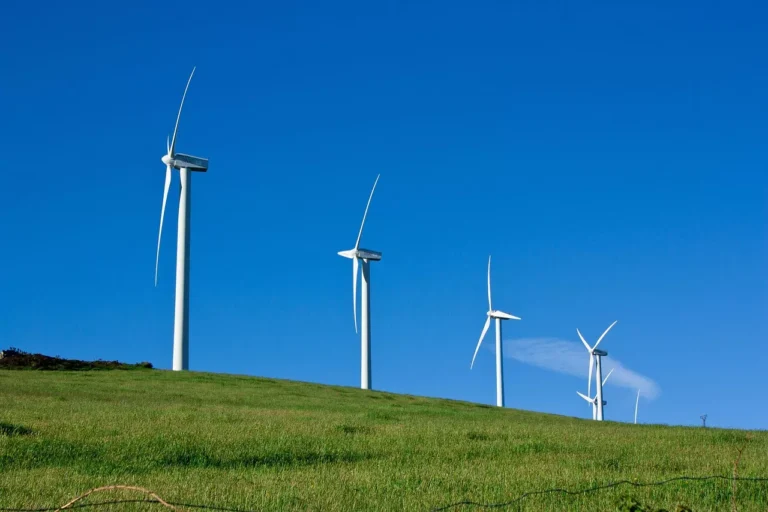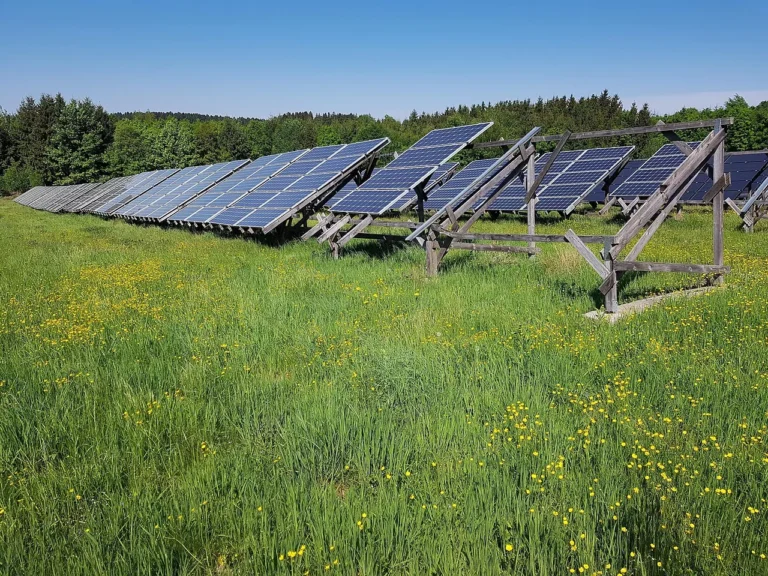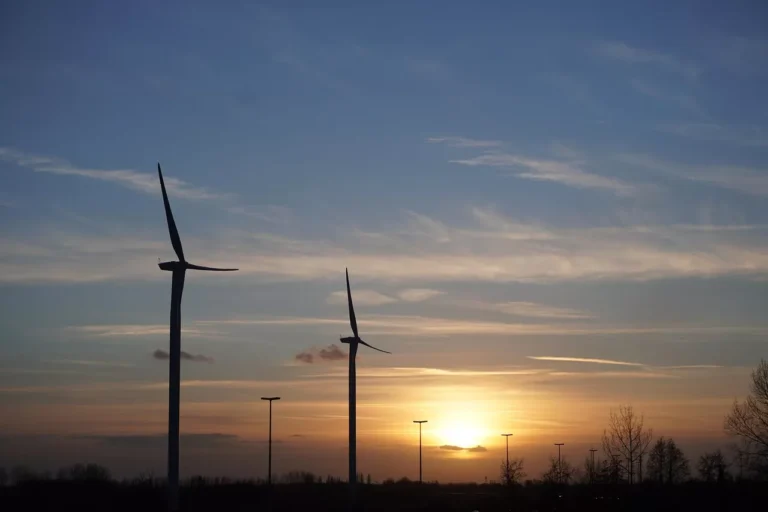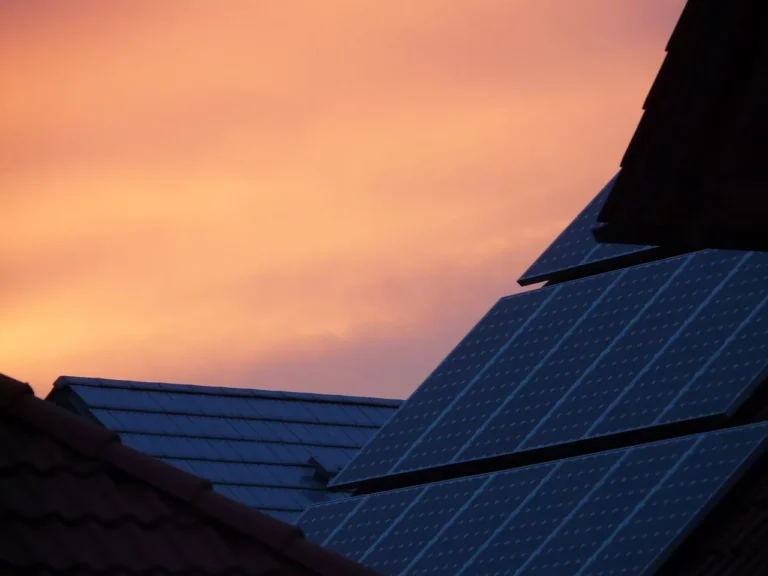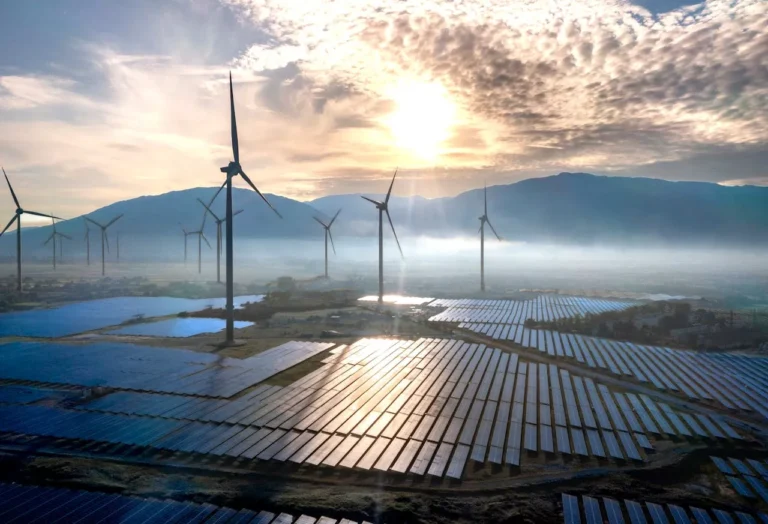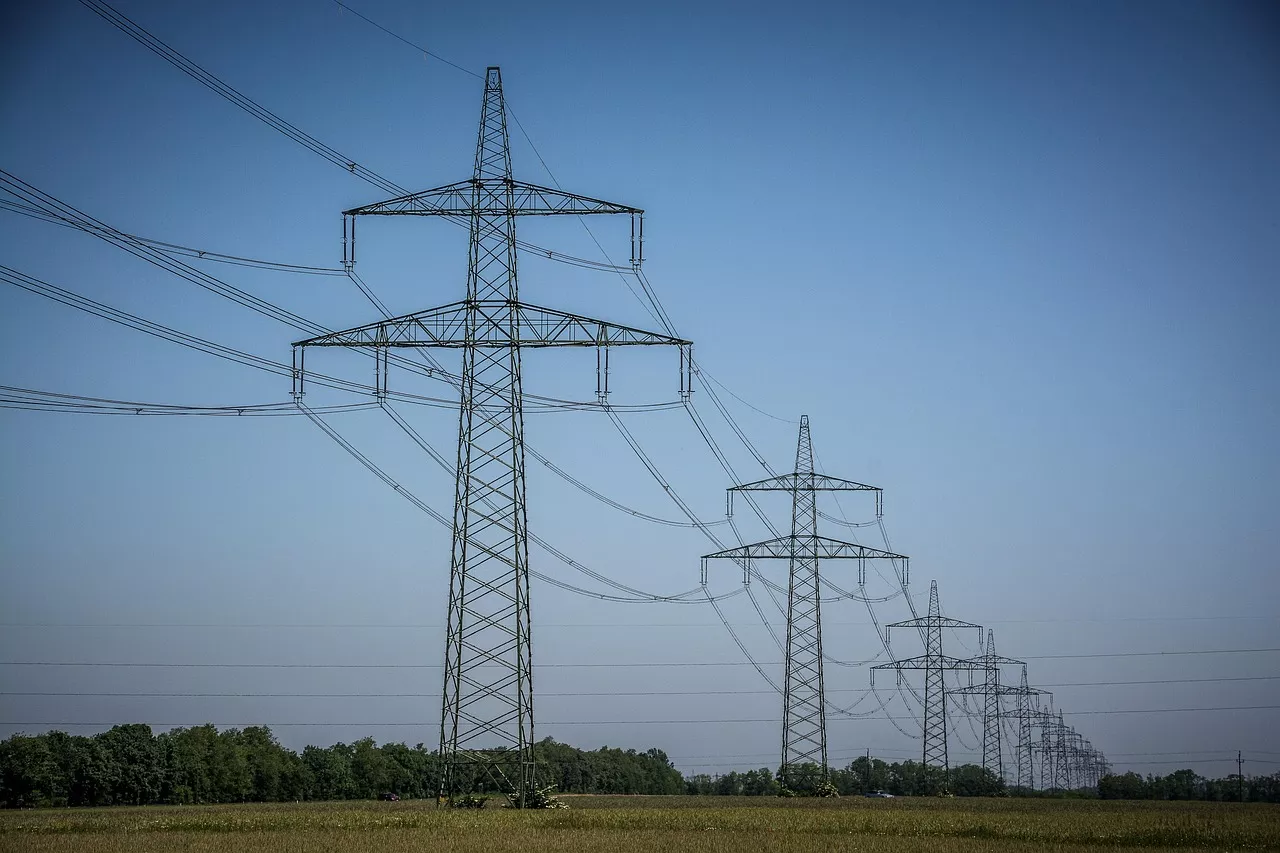
Otter Tail Power Seeks Rate Adjustment in Minnesota to Support Reliability, Grid Resilience, and Energy Transition
Otter Tail Power Company, a wholly owned subsidiary of Otter Tail Corporation (Nasdaq: OTTR), has formally submitted a request to the Minnesota Public Utilities Commission (PUC) to increase electric rates for its Minnesota customers. The proposal initiates an extensive regulatory review process—lasting between 18 to 24 months—during which the PUC will examine the company’s operational costs, infrastructure investments, and future energy plans before determining what constitutes fair and reasonable rates for both the utility and its customers.
According to the company, the rate adjustment request is driven by inflationary pressures, increased infrastructure costs, and ongoing investments in reliability and renewable energy. “Our customers, employees, friends, and neighbors see the costs of goods and services going up all around us, and we know that’s not easy,” said Otter Tail Power President Tim Rogelstad. “We’ve taken a hard look at our operations to manage expenses and improve efficiency before asking our customers to pay more. This request reflects what’s necessary to continue delivering the dependable service our communities count on.”
Interim Rate Request and Review Process
As part of the standard regulatory procedure, Otter Tail Power has asked the PUC to approve an interim rate increase effective January 1, 2026. This temporary increase—estimated at an average of 12.6%—would remain in place during the PUC’s comprehensive review, which is expected to conclude in early 2027. During this interim period, the typical residential customer would see an average monthly increase of about $13.15, while a typical business customer would experience an increase of approximately $43.67. The actual increase for individual customers will depend on their rate classification and electricity usage patterns.
The interim rate will stay in effect until the PUC completes its evaluation, which typically involves multiple rounds of public input, hearings, and expert testimony. The final determination will likely occur in the first quarter of 2027, with any approved rate changes taking effect later that year—possibly in the second or third quarter.
If the PUC ultimately approves Otter Tail Power’s full rate request as filed, the net increase in total revenues would amount to $44.8 million, representing a 17.7% overall rise over current levels. Under the final rates, a typical residential customer’s monthly bill would increase by approximately $18.14, while a typical business customer’s monthly bill would rise by $73.20. Importantly, if the final approved rates are lower than the interim rates, customers will receive refunds with interest. Conversely, if the final rates are higher, the company will not collect the difference retroactively.
Purpose and Impact of the Rate Increase
The company emphasized that the proposed increase is necessary to maintain reliable electric service, modernize aging infrastructure, and advance Minnesota’s transition toward cleaner energy sources. Rogelstad noted that Otter Tail Power’s request is not being driven by external factors such as data center demand—an issue gaining attention in national energy discussions—but rather by real, measurable increases in the cost of delivering electricity.
“This request is not being driven by data centers, despite what some national headlines might suggest,” Rogelstad clarified. “We would not ask for this rate increase if it didn’t reflect the real costs of maintaining and strengthening our electric system.”
Key Drivers: Infrastructure, Reliability, Energy Transition, and Inflation
Otter Tail Power outlined four primary areas that justify the proposed rate increase: infrastructure investments, grid resilience improvements, renewable energy transition, and inflation-related cost increases.
1. Infrastructure Investments
To maintain reliability and safety, the company is undertaking major infrastructure initiatives to strengthen the electric grid. Many components of Otter Tail Power’s system—such as poles, cross arms, and insulators—have been in service for more than 50 years. These aging assets are being systematically replaced to prevent outages, enhance service quality, and extend the lifespan of the network.
The company is also expanding its system capacity to accommodate regional growth and evolving customer needs. These capital investments are essential to ensuring that electricity continues to flow dependably to homes and businesses, particularly as energy demand patterns shift.
2. Grid Resilience and Storm Preparedness
Otter Tail Power is also prioritizing grid resilience—efforts aimed at reducing the frequency and impact of power disruptions caused by severe weather events. One of the major initiatives in this area is the expansion of underground power lines. Currently, about 28% of the company’s distribution network is underground, which significantly reduces exposure to wind, ice, and storm damage.
Additionally, the company has intensified its vegetation management program, clearing trees and brush near power lines to prevent outages and improve overall system safety. These proactive measures are designed to mitigate disruptions, minimize restoration costs, and ensure faster recovery when outages do occur.
3. Transition to Renewable Energy
A central component of Otter Tail Power’s long-term strategy involves shifting toward cleaner, renewable energy sources. The company is gradually reducing reliance on fossil fuels and integrating more wind and solar generation into its energy mix. The request includes cost recovery associated with this transition, including the company’s decision to end power generation for Minnesota customers from its co-owned coal-fired Coyote Station in North Dakota by the end of 2031.
Rogelstad explained that the addition of zero-fuel-cost renewable resources—combined with federal tax incentives—has helped mitigate some cost pressures while contributing to environmental goals. “These zero-fuel-cost resources, along with tax credits, have helped ease the transition,” he said.
4. Inflationary Impacts
Since Otter Tail Power’s last Minnesota rate review was based on 2021 cost levels, inflation has significantly increased expenses related to labor, materials, and equipment. Everything from transformers and line hardware to transportation and maintenance costs has risen substantially. The company noted that it has absorbed as much of these increases as possible through operational efficiencies and strategic cost management, but rising input costs now exceed what can be recovered through existing rates.
Balancing Affordability and Reliability
While Otter Tail Power acknowledges that rate increases can be challenging for customers, the company stressed that maintaining a reliable and modern electric system requires continuous investment. “We understand rising electric costs are challenging for our customers,” Rogelstad said. “We also take very seriously our wholehearted commitment, and our regulatory obligation, to reliably serve those customers.”
The company also emphasized that even with the proposed increase, Otter Tail Power’s customers will continue to enjoy some of the lowest electric rates in the region. “While this is an impressive statement, we aren’t competing against our neighbor’s rates,” Rogelstad added. “We’re competing against our own. Our ability to keep our rates among the lowest in the region demonstrates our tradition of working hard for the economic viability of our customers and communities, and we’ll keep that tradition going.”
Source Link: https://www.businesswire.com/





